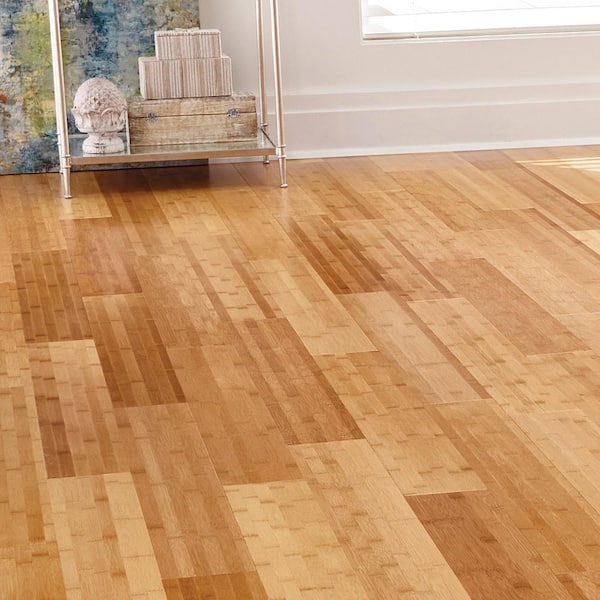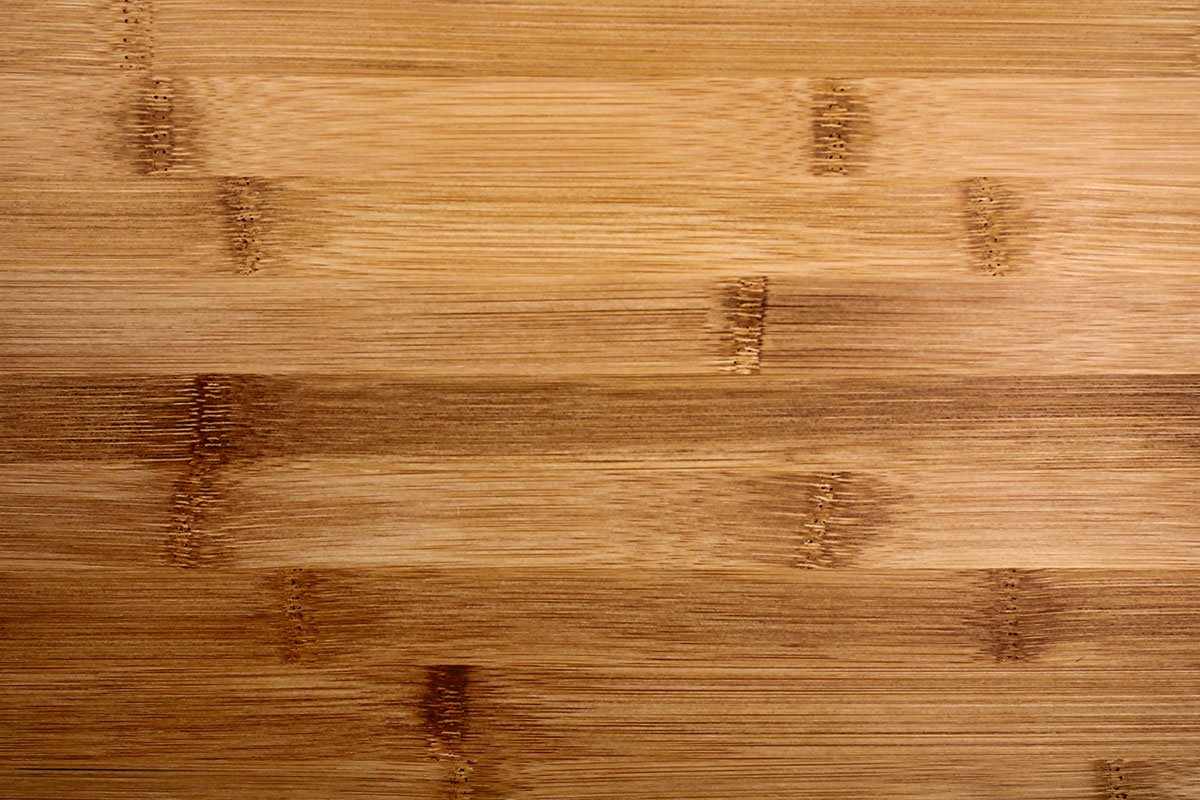Bamboo Floors - Everything You Need To Know
Bamboo Floors - Everything You Need To Know
Blog Article
Everyone will have their private way of thinking on the subject of How To Install Bamboo Flooring.
Bamboo flooring is renowned for lots of house owners due to its benefits. It is offered and resilient in various colors, from light blonde to rich espresso. Additionally, it can be based on staining to match any type of decor. It has become the major choiced floor for organization and also home owners whenever there is requirement for sustainability.
Nonetheless, bamboo similar to wood, is susceptible to damages and fracturing when humidity degrees fluctuate.
Are you thinking concerning bamboo flooring for your residence? We will also discuss the various types of bamboo flooring available on the market.
Sorts Of Bamboo Flooring
There are 3 fundamental options: strand-woven, upright, as well as horizontal. Home owners can select which sort of bamboo flooring to purchase based upon their qualities. Likewise, the buyer's designated visual effects the chosen Bamboo flooring kind.
Strong - Vertical Bamboo Flooring
Thin strips of completely dry bamboo wood glued up and down and pressed making use of high heat as well as stress create this kind of bamboo flooring.
The thinnest side of the bamboo planks will certainly remain in a vertical form. A company bonding, pressing, and also lamination will certainly follow. As a result of their technique of signing up with, the bamboo strips feature a narrow grain pattern.
The advantage concerning this kind of bamboo flooring is that it is very budget friendly and also long lasting. Additionally, it gives a stylish and also sophisticated flooring coating. It is not widely available.
Solid - Straight Bamboo Flooring
You will observe that this type is almost the like upright bamboo flooring. It has a slight variant. Straight bamboo is among the most preferred kinds of bamboo flooring.
It is made by drying substantial strips of bamboo, cutting these larger pieces right into thinner strips, and then gluing them to develop slabs. The boards will certainly after that be subject to stress and also heat to ensure they are well secured.
All-natural bamboo has a lighter shade. Thus, the strips are commonly tarnished. While carbonized bamboo will be less difficult than normal bamboo, if you require a darker shade, it might do you excellent. It also gives the natural bamboo looks and a variety of options.
Strand Woven Bamboo Flooring
Shredding the bamboo to remove the fibers is one of the a lot more drawing steps in producing strand-woven bamboo floorings.
The bamboo fiber is often blended with a sticky after it's made to a pulp. The product is after that knitted and compressed under terrific warmth, as the name suggests.
After making straight as well as vertical bamboo, the strips offer to develop hair woven bamboo. The eco-conscious customer may find this feature appealing. The factor is that it makes certain that the entire bamboo stalk creates really little waste.
Engineered Bamboo Flooring
Both strong and also engineered bamboo flooring alternatives are readily available. When the bamboo timber fits, it isn't easy to compare them.
However their distinctions are due to their production. Engineered bamboo wood has a slim plywood backing.
Whether engineered or strong, bamboo flooring is durable, durable, and appealing.
Engineered bamboo flooring utilizes the floating timber flooring over a slim foam base. They may likewise remain in the kind of vast slabs. They are offered in widths up to 19 centimeters.
Functions And What to Keep in Mind When Picking Bamboo Flooring
With a multi-layered covering, bamboo flooring will certainly be rather resilient. Keep in mind that future touch-ups could require an extra proficient flooring specialist.
Using your surface will certainly make matching fixings much easier once established up in your home. The coating will not last as long as factory coatings.
Other than that, here are some exciting attributes of bamboo flooring.
Sturdy
Bamboo flooring is not produced equal. There are numerous kinds of bamboo, and the different methods utilized to transform it into slabs influence its sturdiness.
Bamboo, like wood flooring, can come to be prone to tear and also put on over time. Damaging, breaking, as well as various other wear and also tear may occur. You can also sand some bamboo to resemble wood, however not all.
Inexpensive Upkeep
You can maintain bamboo flooring in good condition by cleansing as well as damp wiping. So in spite of being extra susceptible to scrapes, bamboo flooring is extremely easy to preserve.
You might get bamboo floorings that are like new by sanding them down and also applying a fresh layer of paint.
Eco-Conscious
This flooring originates from a natural plant called the bamboo plant. So when compared to other tree varieties made use of to make wood flooring, bamboo expands even more and also much faster.
Bottom Line
It's straightforward to recognize why bamboo flooring has come to be more popular nowadays. For almost any home, bamboo provides lots of strong as well as audio remedies for the environment. Bamboo floor may be the finest option for upgrading your flooring.
We will certainly likewise review the various types of bamboo flooring available on the market. Property owners can select which type of bamboo flooring to buy based on their qualities. Straight bamboo is one of the most prominent kinds of bamboo flooring.
While carbonized bamboo will certainly be much less tough than normal bamboo, if you require a darker color, it might do you great. After making horizontal as well as vertical bamboo, the strips serve to develop hair woven bamboo.
Bamboo Flooring
Manufacture of Bamboo Flooring
Stranded bamboo is made by shredding the bamboo stalks into small strands, which are compressed into sheets using heat and resin binders, then cut into planks to use as building materials. This form of flooring is available both as tongue-and-groove planks that are nailed down, as well as planks that float over the underlayment. This is a premium form of bamboo flooring, available in many colors.
Horizontal bamboo flooring is manufactured by cutting the strands into thin strips which are then glued together to form planks. This type of flooring has a "grain," since the long stalk fibers are visible in the flooring. This type of bamboo is not as hard or durable as stranded bamboo, but it can have a very striking appearance. It, too, is available both in nail-down planks and as floating floor planks.
Engineered bamboo flooring is made by bonding a thin layer of bamboo onto a plywood or MDF core. This flooring is comparable to engineered hardwood and is installed in the same way—usually with click-lock planks that float over a foam underlayment. It is the least expensive (and least durable) form of bamboo flooring, and it cannot be refinished.
Unless it is stained, most bamboo flooring has a natural blonde or amber color that resembles unfinished maple or birch, but darker tones are available through a process called carbonizing, which entails subjecting the planks to high temperatures. While the color can be very attractive, carbonized bamboo is softer than uncarbonized forms, and is more susceptible to scratching.
Eco-Friendliness
Environmentally conscious consumers are often drawn to bamboo as a wholly renewable resource. Unlike the hardwood lumber industry, where trees can take decades to mature, bamboo stalks grow so fast that there is little environmental liability to the harvest practices. Moreover, bamboo stalks that are cut simply continue to grow and replenish themselves so that they can be harvested.
But the manufacturing process creates other environmental concerns. Bamboo floor planks are manufactured by slicing or shredding the stalks of bamboo grass plants and then compressing the pulp back together using heat, pressure, and a resin-based adhesive identical to those used in many other flooring products. This adhesive often contains urea-formaldehyde that can outgas into the air.1
The level of adhesive used and the amount of toxins emitted will vary, depending on how the bamboo planks are manufactured. Cheaper products may contain more formaldehyde, while more expensive products may use alternative materials in the resins. The amount of formaldehyde used in bamboo flooring is similar to that found in engineered hardwood flooring or MDF sheathing, and it tends to be a problem only for sensitive individuals.2 But if this concerns you, look for bamboo products labeled as formaldehyde-free.
Bamboo Flooring Cost
This material is priced at about the same level as most hardwood floors. You can find bamboo flooring products ranging from about $2 to $8 per square foot, with a national average of $3.84 per square foot. Installation costs for bamboo flooring are much the same as for hardwood flooring. On average, figure on adding about $4 per square foot for installation labor in addition to the cost of materials. You should be able to get a good-quality bamboo installed for less than $10 per square foot, including materials and labor.
https://www.thespruce.com/benefits-and-drawbacks-of-bamboo-floors-1314694

I recently found that write up about What to Know About Bamboo Flooring Before You Install when doing a lookup on the web. Do you know about somebody who is fascinated by the topic? Do not hesitate to promote it. I treasure reading our article about How To Install Bamboo Flooring. Report this page